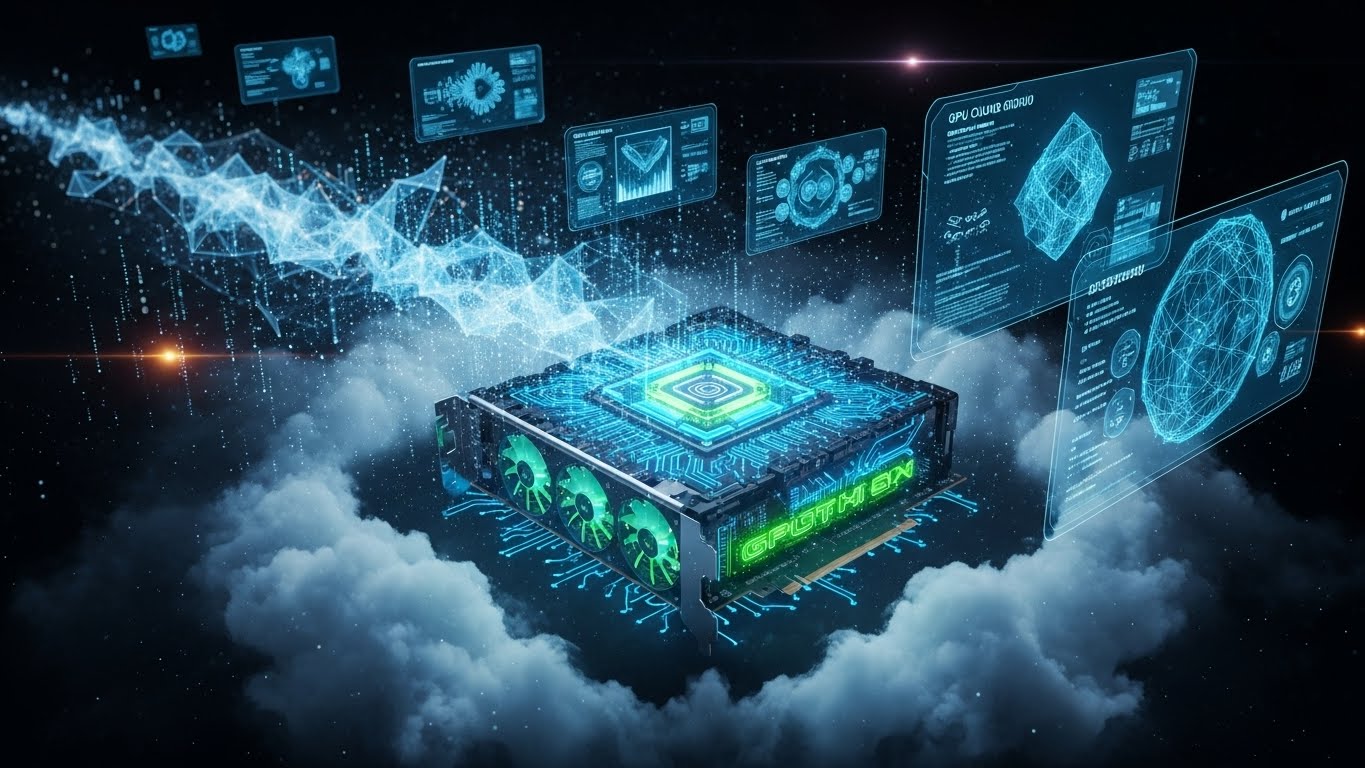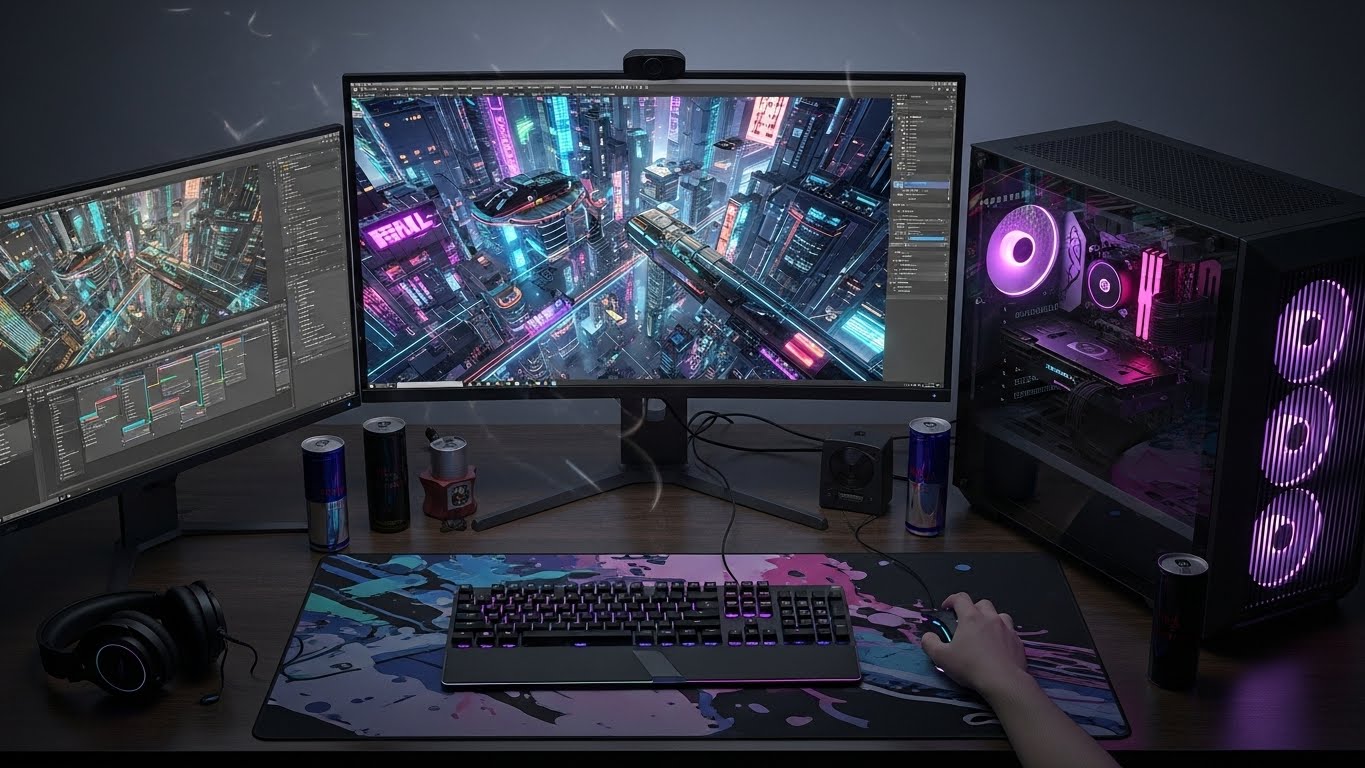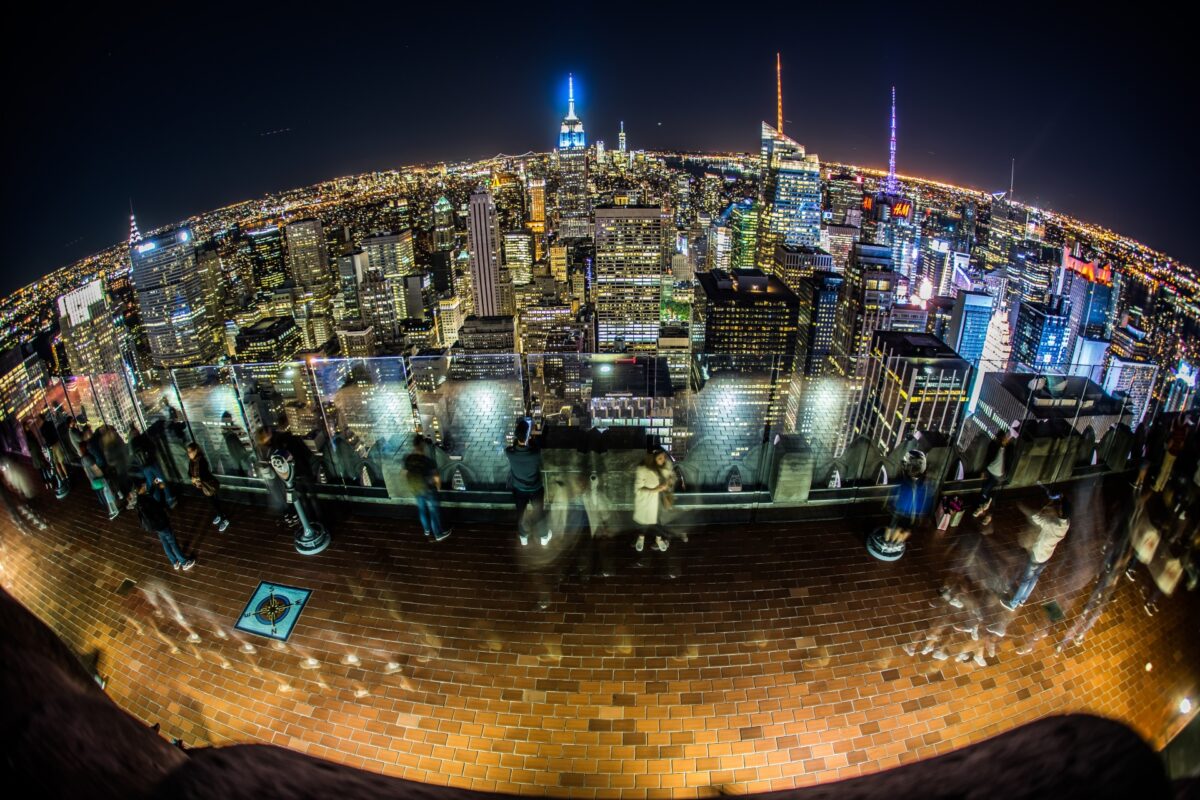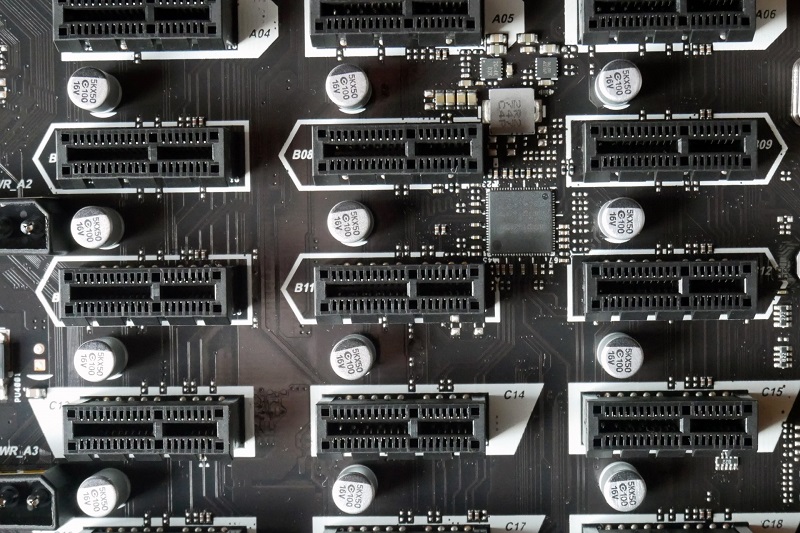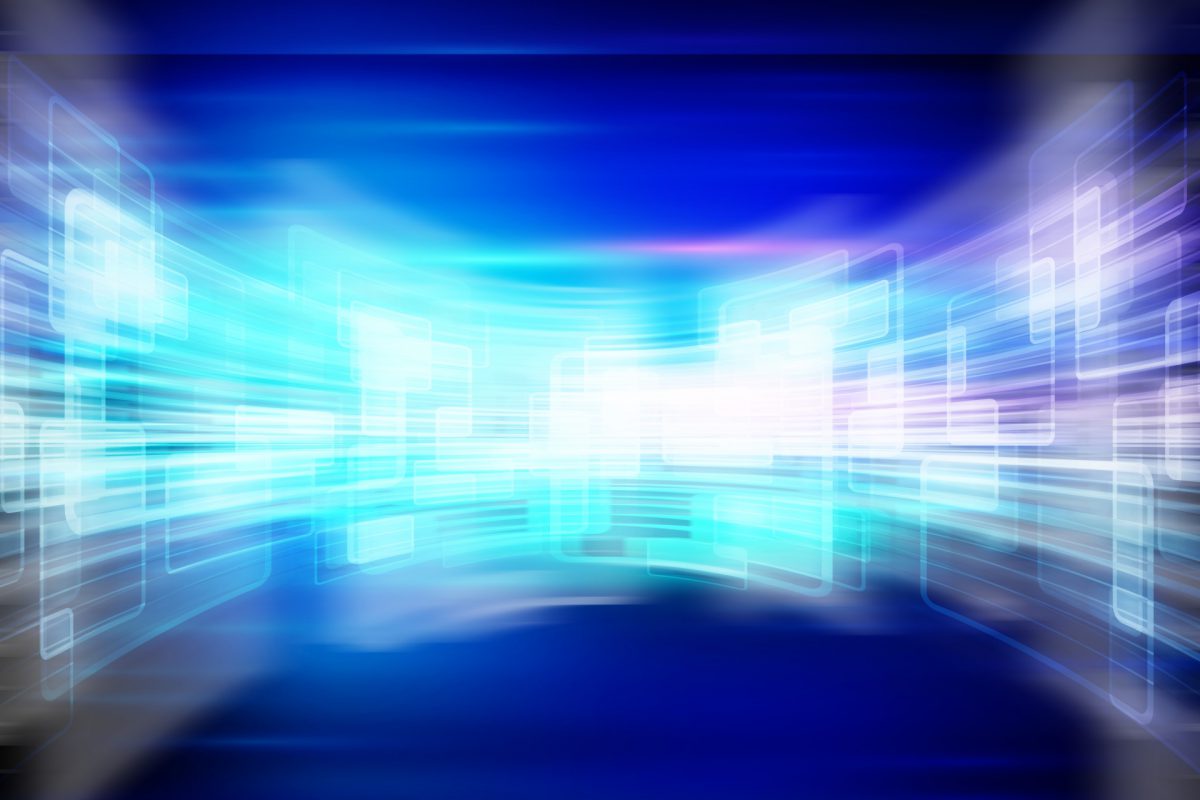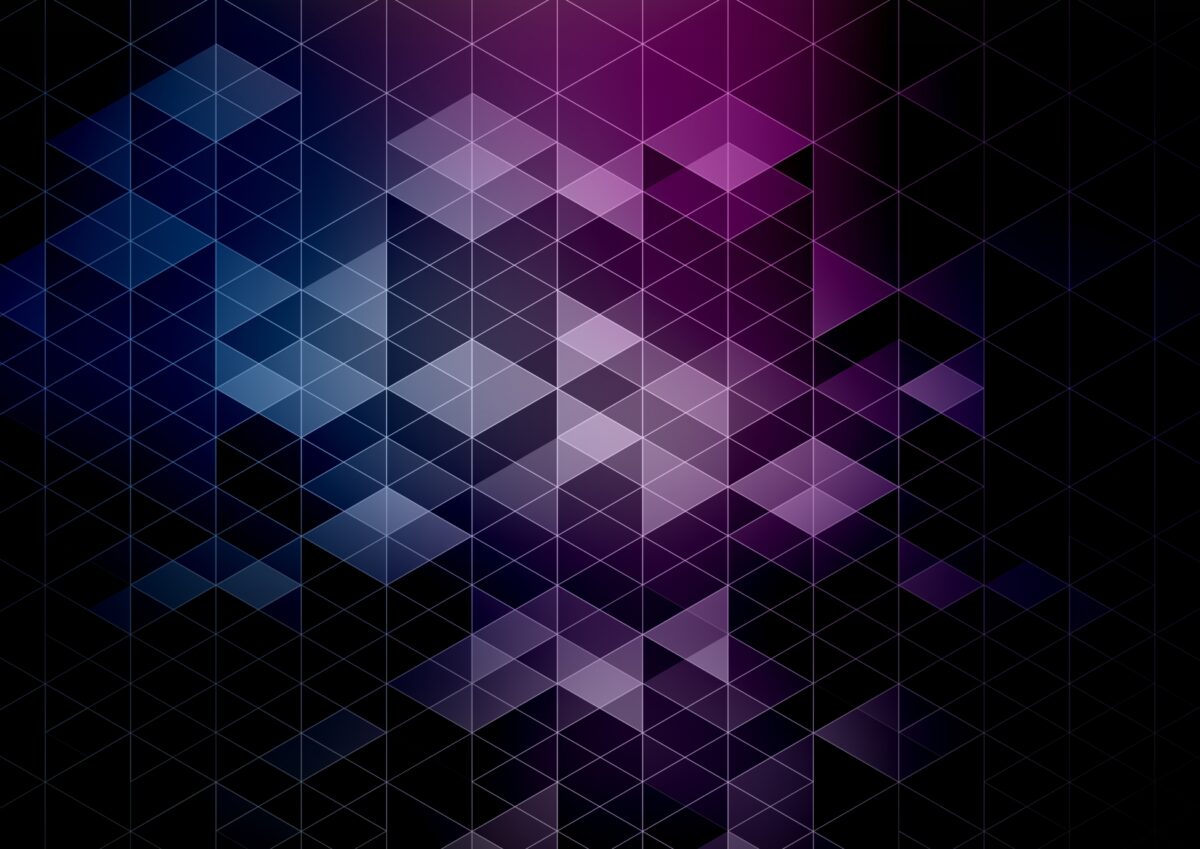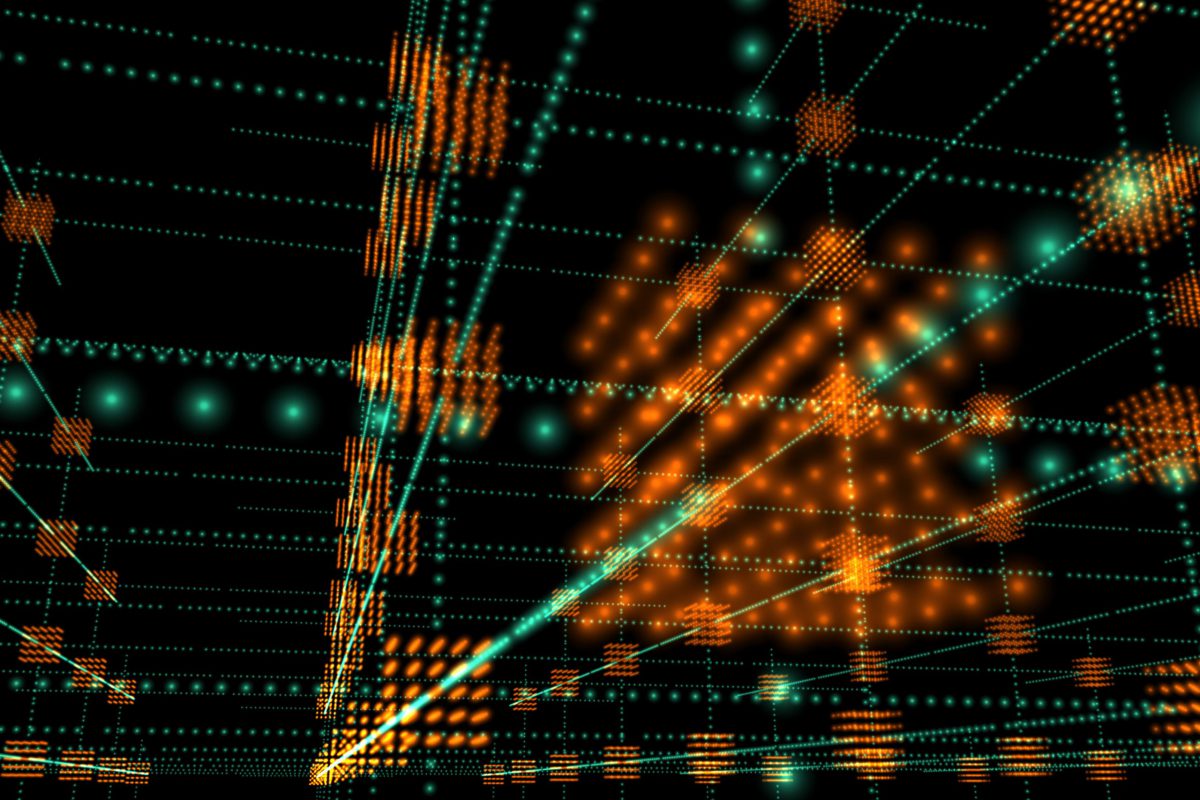Rendering is a critical step in any 3D workflow, but it often comes with long wait times, hardware limitations, and added stress. If you want to reduce these bottlenecks, improve efficiency, and unlock greater creative freedom, understanding GPU cloud rendering is essential. Keep reading to discover how cloud-based rendering can transform your workflow, accelerate project …
